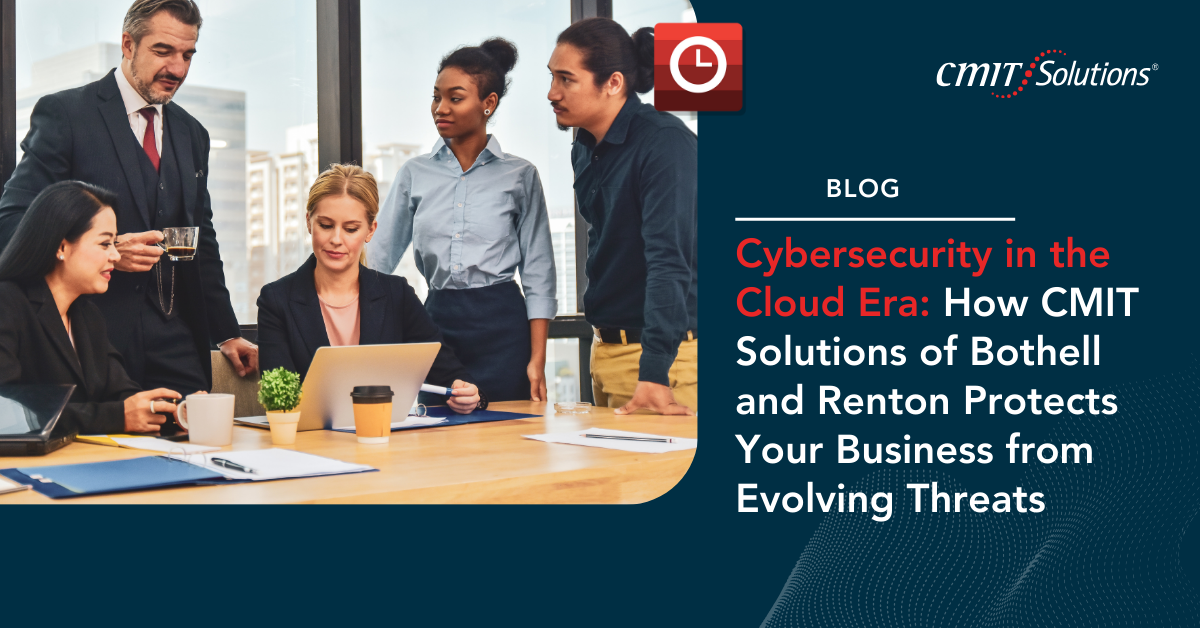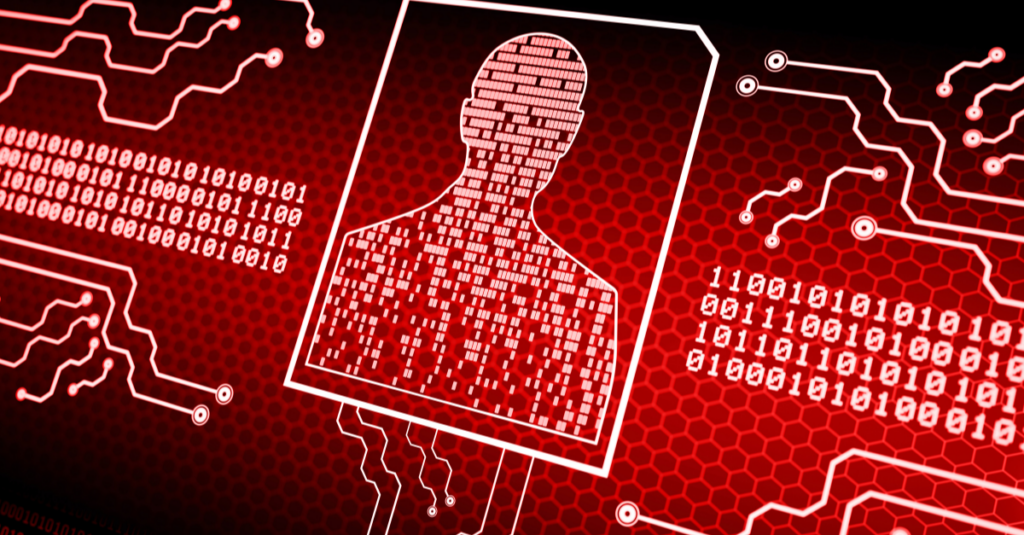What Is Cybersecurity and Why Does It Matter Today?
Cybersecurity refers to the technologies, strategies, and practices used to protect data, systems, and networks from digital attacks. In today’s digital economy, every business—big or small—relies on cloud apps, remote work, and digital communication, which exposes them to constant risk.
That’s why CMIT Solutions of Bothell and Renton focuses on layered, intelligent security to ensure organizations remain resilient even as threats evolve.
How Has the Cloud Changed Cybersecurity?
The cloud has revolutionized data access, but it’s also created new vulnerabilities. Unlike traditional IT setups, cloud environments store data offsite and share it across networks and devices. This increases the chances of misconfigurations, credential leaks, and unauthorized access.
CMIT tackles these issues by combining traditional controls with modern, cloud-aware tools like SIEM platforms and endpoint protection to ensure continuous monitoring and rapid threat detection.
What Are the Most Common Cyber Threats in the Cloud?
Cloud environments face a wide range of threats including phishing emails, credential stuffing, misconfigured access controls, and insecure APIs. Attackers often gain access by targeting users through deceptive email threats or compromised devices.
Once inside, they can move laterally, steal sensitive data, or launch ransomware attacks—potentially paralyzing entire systems.
How Can You Protect Your Business from These Threats?
The first step to protection is understanding your vulnerabilities. CMIT provides comprehensive multi-layered security that spans endpoints, emails, and cloud access. They also implement strong user access controls, encrypted backups, and centralized monitoring.
Their use of managed services ensures these tools are continuously maintained, updated, and optimized.
Why Is Endpoint Security Crucial in the Cloud Era?
As employees access cloud resources from various devices, those endpoints become targets. Whether it’s a personal smartphone or a company-issued laptop, each device can be exploited if left unprotected.
That’s why CMIT integrates advanced EDR to track device behavior, isolate threats instantly, and minimize damage.
What Happens if Your System Goes Down?
System failures caused by cyberattacks, hardware issues, or natural disasters can bring business to a halt. CMIT ensures you stay operational by designing reliable disaster recovery strategies—complete with real-time backups and tested recovery plans.
Even in worst-case scenarios, your data and services can be restored within hours, minimizing costly downtime.
How Do You Secure Remote and Hybrid Teams?
Remote work introduces challenges like unsecured home networks and shared devices. CMIT supports hybrid businesses with secure unified communication, encrypted video conferencing, and device-level access controls.
With mobile management tools like Intune MDM, they can manage security without interrupting collaboration.
What’s the Best Way to Stay Ahead of Future Cyber Risks?
Cyber threats evolve fast—what works today may not work tomorrow. CMIT actively monitors trends, integrating forward-looking tools like AI-based analysis and automation to keep clients protected.
Their guide to 2025 security shows how to prepare your systems for next-gen compliance and attacks.
How Is AI Changing the Cybersecurity Landscape?
AI is becoming both a weapon and a defense mechanism. CMIT helps clients understand how to harness AI while avoiding common missteps seen in tools like Microsoft Copilot.
They evaluate developments from Microsoft Ignite and guide smart adoption that enhances—not undermines—security.
How Does User Experience Impact Security?
If security gets in the way of productivity, users will try to bypass it. That’s why CMIT optimizes the digital employee experience (DEX)—ensuring fast access, secure workflows, and minimal friction.
Employees stay efficient, and your security team retains control.
Conclusion: Securing the Cloud Starts with a Smarter Strategy
The shift to cloud computing has opened new doors for innovation, flexibility, and growth—but it has also introduced a more complex and aggressive threat landscape. Cybersecurity is no longer a one-time investment or an isolated department. It’s a continuous, organization-wide commitment that must evolve alongside technology and threat actors.
From securing endpoints and managing mobile devices to defending email systems and building reliable recovery plans, modern businesses must protect every layer of their IT infrastructure. This requires more than just tools—it demands strategy, oversight, and expert execution.
CMIT Solutions of Bothell and Renton brings that full-spectrum protection to local businesses, combining proactive monitoring, real-time threat detection, and future-ready technologies. With deep expertise in cloud security, hybrid work, compliance, and digital transformation, CMIT becomes not just a service provider—but a trusted cybersecurity partner.
If your business is moving to the cloud or scaling with remote teams, now is the time to assess your risks, tighten your defenses, and future-proof your operations. Cyber threats won’t wait—and with the right team by your side, you won’t have to either.






